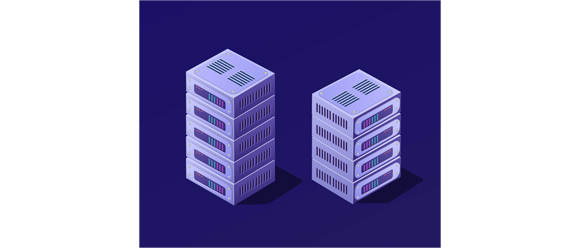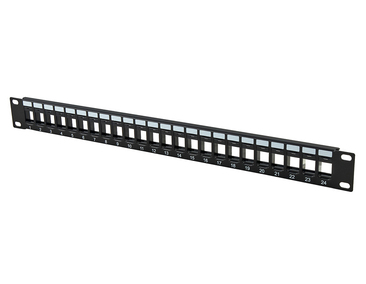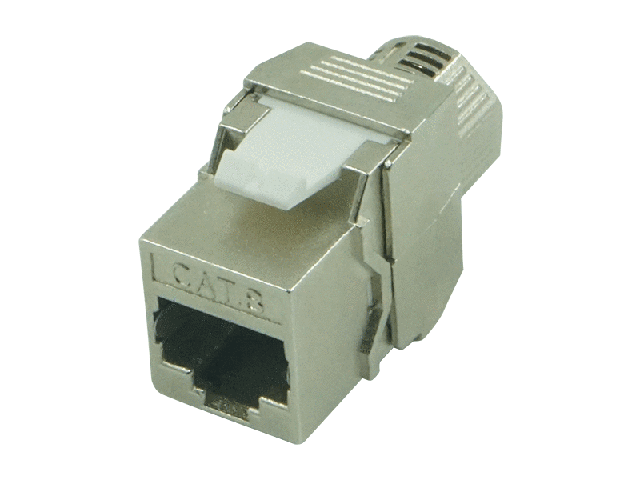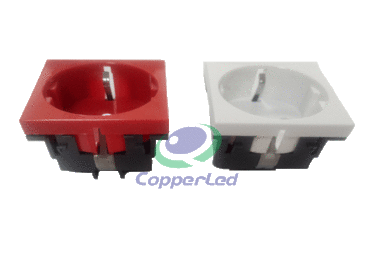
New bandwidth capabilities, along with wireless architectures, are laying the groundwork for terabit Ethernet speeds. Data centers have long supported 1 Gb or 10 Gb pathways between servers, routers and switches. However, Ethernet standards for 25G and 100G data centers over fiber optic offerings are gaining adoption.
100G optical modules and breakthroughs in fiber optic deployments are helping hyper-scale data centers meet unprecedented data demands. The adoption of 5G wireless technologies will enable the high data throughput and low latencies necessary to make connected homes, industries, healthcare, and vehicles a reality. To make the jump to more bandwidth, organizations must evaluate their current data center networking setups and hardware and plan for long-term upgrades.

Demand for optical networking gear will spur the growth of the Ethernet switch market to $14 billion by 2021, This demand is driving innovation and research in optics technology, as well as in high-speed lasers and 100G integrated circuits, while also helping to lower the price of 100G data center equipment, such as cabling.
IT leaders have recognized that switching to optics enables higher bandwidths to support growing application demands. And many traditional enterprises are using 10G/40G speeds and higher through multimode fiber (MMF) or single-mode fiber (SMF) cabling.
With multiple fiber strands to send data along each optical lane, MMF cabling delivers high bandwidths and high-speed communications. It is most effective for short-reach (100 to 150 meters) use cases, such as enterprise-based and on-premises data center processing. By contrast, SMF cabling consists of one glass fiber that transmits large amounts of data over long distances with minimal power loss.
Another alternative is Active Optical Cable (AOC), which combines multimode fiber optic cable, fiber optic transceivers, a control chip, and modules on the cable end to perform electrical-to-optical conversions. Lighter than copper, AOC provides higher performance, lower power consumption, low interconnection loss, and electromagnetic interference immunity and flexibility.
An exponential increase in wireless devices has caused dramatic data growth. However, there are other factors driving the need for faster interconnects and data center throughput speeds.
In addition to advanced processor capabilities, an increase in server and virtualization densities is accelerating uplink speeds for switches. Server-to-server traffic has also surpassed the volumes of client-to-server traffic.
A demand for more effective data processing has precipitated the jump from 10G to 100G data center switch connections. Because of this, data center redesigns now include leaf-spine topologies instead of the standard three-tier network architecture. This flattening of the traditional networking hierarchy ensures any-to-any connectivity. It also reduces latency and bottlenecks among access layer switches.
The volume and diversity of information requests are increasingly handled by cooperative parallel processing executed by multiple servers working in tandem. With these changes, data centers can support higher optical link speeds and increased fiber density and prepare for further advances toward terabit interconnects.
As IT executives consider their strategies for data center migrations, they need to plan for the long term. Big data, mobility, and IoT will produce data at an order of magnitude well beyond the current levels, and these will require significant data center upgrades, especially with IDC analysts predicting an average of 175 zettabytes in the global atmosphere by 2025.
Optical modules and new breakthroughs in fiber deployments give IT and enterprise leaders greater efficiency in the data center. However, they must carefully consider their options. A key goal should be to avoid a rip-and-replace approach to data center upgrades that are both costly and time-consuming.
Investments in MMF or SMF will help the business take advantage of future standards, such as 100G and 400G in data centers. Future-proofing for these standards is particularly important as server densities increase and the data center footprint shrinks.


